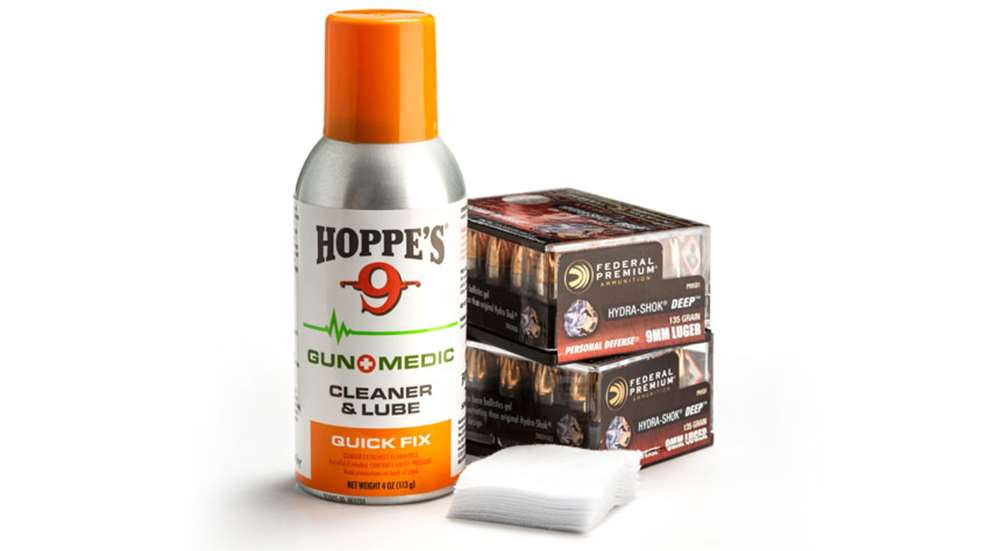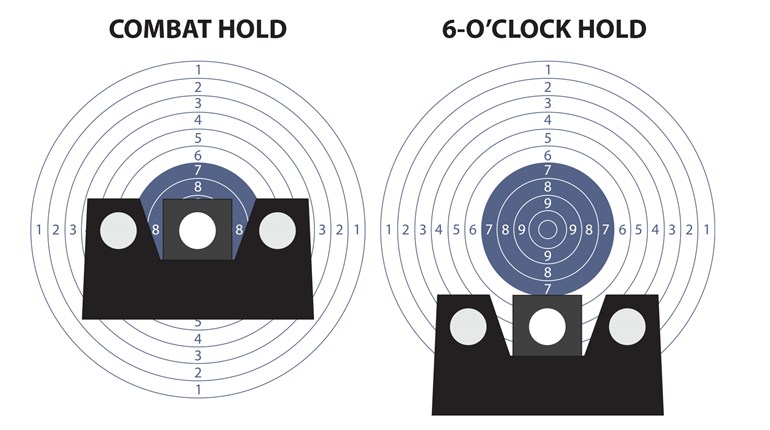
At the gun shop the other day, while shopping for a new concealed-carry pistol, I asked about the reliability of the pistol I was interested in after looking at several in the showcase. I was shocked at the answer I got, to the point of rethinking my decision of buying a new gun. The person behind the counter told me I had to shoot at least 500 rounds through the pistol before it was worn-in and reliable enough for concealed carry.
To prove his point, he opened the owner’s manual and showed me, in writing, that 500 rounds was what the manufacturer recommended. To emphasize his position, he told me every new pistol sold today had a conditioning period and that 500 rounds wasn’t unreasonable, although some pistols took more than others. When I considered the cost of the ammunition just to break in the gun of my interest, I realized that what I thought was a good deal was going to cost me more than I had planned.
Don’t firearm manufacturers test their guns to verify they work before sending them to dealers? Shouldn’t I expect a gun to work right out of the gun shop just as I would a new car off the showroom floor? I was surprised and disappointed, to say the least.
C.C.
via e-mail
The break-in factor with firearms covers several different aspects of buying a new gun. Part of that break-in helps the new owner become familiar with the gun’s handling and firing characteristics. A little practice with a new tool goes a long way to achieving operational proficiency in a multitude of venues, just like learning the controls to operate a new car.
I’ve seen more guns brought back to the gun shop or sent back to the manufacturer by unhappy customers because they failed to read the owner’s manual or familiarize themselves with the operation of the gun (not to mention unfamiliarity with basic shooting practices) than I care to discuss. Most owner’s manuals suggest attending a training class taught by the NRA or other reputable organizations, which could double as part of the break in as well as introduce or reinforce safe gun-handling and shooting practices.
I suspect the high-round count suggested by the manufacturer was in the hope that the new owner would take the time to read the owner’s manual, follow the guidelines and become familiar with the gun during the break-in shooting.
That is assuming the owner took the time to read the manual before putting the gun into operation, which many don’t.
Mechanically speaking, firearms are made of many moving parts that have varying degrees of latitude in tolerances and finishing to one another. Each of these parts need to be cycled multiple times in their respective areas to optimize their fit and reduce unnecessary friction. Even with today’s precision-manufacturing procedures, microscopic irregularities occur, which can be worn smooth by the movement of one part against another. Many manufacturers try to maintain tight tolerances to enhance accuracy in their firearms. Therefore, those with the tightest tolerances need to be cycled a bit more to ensure the affected parts will fit to an optimum degree.
Most firearms produced today are proof-tested and/or fired for function before they are final inspected by experienced people and packaged for shipping. This virtually guarantees the gun will work as designed with quality ammunition right out of the box.
My recommendation when you buy any gun, new or previously owned, is to take the time to read the owner’s manual. Then, fieldstrip it as indicated in the manual. Clean it, inspect it for obvious deficiencies, lubricate it as suggested and perform a function check before going to the range. If all this turns out favorably, shoot it to become familiar with the controls and to verify it hits where you are aiming. This will get you well on the way in determining whether the gun is functioning reliably and performing to your expectations.
If the gun will consistently shoot the ammunition you plan to carry without interruption and to the intended point-of-impact when carrying concealed, you have accomplished your goal.
Some guns may need more break in than others, and 500 rounds may indeed be needed. However, I suspect if you follow the guidelines I have provided, you will find that your new handgun will serve your needs without any reservation.




































